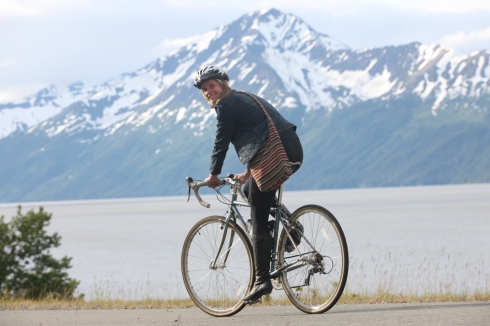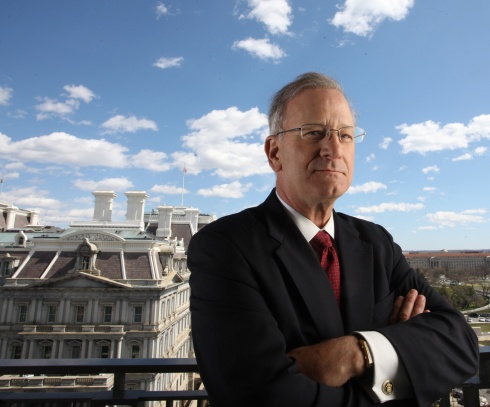
Bobbi Doorenbos was 5 years old when her dad took her to the airport in Sioux City, Iowa, to watch him take off in an F-100 fighter jet. She knew right then that she wanted to fly.
“It was loud,” she remembers. “I loved the sound and the smell of the jet fuel. It’s been my lifelong dream to fly.”
She nearly didn’t have the chance. When she first approached a U.S. Air Force recruiter in Des Moines and told him she wanted to fly fighter jets, he told her she couldn’t do that because she was “a girl.”
Fortunately, the secretary of defense opened combat aviation to women in 1993 – just a year after Bobbi graduated from Iowa State with a degree in finance. She became one of the first women in the country to go through F-16 pilot training, and she was one of “just a handful” of women flying fighter jets in the 1990s.
Bobbi’s home base started out in Sioux City. She flew to Kuwait and Saudi Arabia as part of Operation Southern Watch and was deployed in 2003 as part of Operation Iraqi Freedom. She spent 16 weeks in Venezuela on a drug intervention mission. She rose to the rank of lieutenant colonel.
Once, she was called on to fly over Jack Trice Stadium at the beginning of an Iowa State football game.
“That was really special for me,” she said. “The timing has to be just right. You fly over when the national anthem ends. It was really cool. You could hear the crowd cheering.”
Bobbi loved flying those jets. She said the experience is hard to describe. “It’s spectacular,” she said. “It’s like utter freedom.”
In 2004, Bobbi was diagnosed with multiple sclerosis.
“That changes your career,” she said.
Bobbi had moved to Washington, D.C., in 2002 after Sioux City lost its F-16 squadron. Following her diagnosis, she studied at the Defense Intelligence Agency, and she applied and was selected to become a White House Fellow, working for one year with the secretary of agriculture in the USDA.
Later, she served as a defense and intelligence adviser to Vice President Joseph Biden for two years. She managed classified information for the vice president, traveling with him to Africa, Turkey, Italy, China, and Japan.
“That was fantastic,” she said. “My role was to help him through anything related to the Department of Defense. It was a fantastic place to be a fly on the wall.”
Bobbi currently manages acquisitions for the Air National Guard at Andrews Air Force Base. She moved to Annapolis, Md., in 2005, falling in love with her three-story 1832 house.
“I love the historic district, the history of the area,” she said. “I love the water. When it’s quiet, you can hear the clanking of the sails.”
Bobbi still maintains her commercial and private pilot’s licenses and says she plans to stay in the military for now. “But after that, who knows?” she said. “The sky’s the limit.”









